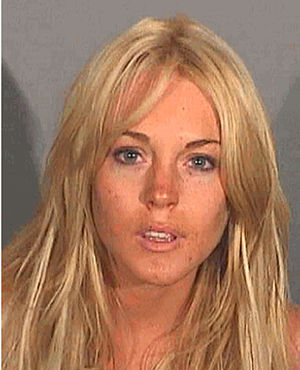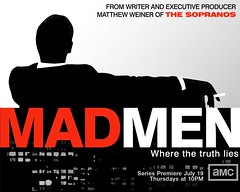Some of us have no issue talking about ourselves. I certainly don’t (I’m a Gemini born in 1970, BTW). But when it comes to brands, some are a little too eager to pound their chests. “This is our stuff! Here’s our product! Have you tried it?! Have you got our coupon?!!”
We know about the decreasing impact of advertising, the clutter in the space and the consumer’s ability to skip right past us. Given the choice between cat videos and product information, finicky consumers are actually choosing Morris.
Simply put, nobody wants to be pitch slapped. So many of us agency folk have been telling our clients, “Don’t talk about yourself so much.” It’s right and it’s true. But it inevitably creates the client response,
“Well, what the hell am I supposed to talk about, then?”
Oh. Right. We didn’t tell you that part, did we?
Brands have to elevate the conversation to content that people want to interact with. But it’s not just randomly generated cool stuff. It has to be strategically relevant to the brand and its customers. So how do you do that?
Find your Brand Belief.
Your Brand Belief is the first critical step in designing your content marketing or social media strategy. Do it and you’ll actually have something to talk about. Don’t do it and you’ll either be haphazardly generating hit-or-miss tactics or worse, you’ll be left to repurpose your list of ingredients as a blog post.
Getting to the Brand Belief isn’t easy but once you get there, it does give you somewhere interesting to go.
One of our clients is Dx3 Canada, the country’s largest trade show and conference focused on digital marketing, digital advertising and digital retail. The show only happens 2 days a year (March 6-7, 2013) so talking about the product would get old at the second mention of “Register today”.
Their Brand Belief on the other hand, is “We believe Canadian business needs to get more digital.” Awesome. Now their content decisions can be evaluated by asking, “Does this fulfill our brand belief?” opposed to “Does this mention registration?”
I don’t know that’s there’s a better Brand Belief example than Expedia’s new work, “Find Yours.” Obviously, people can find hotels and flights on Expedia but they’ve elevated the conversation to a far more interesting place with an incredible insight.
They’re not a client of the Tite Group and I doubt they used the Brand Belief process but I think their brand belief is “We believe travel allows people to find a lot more than cities and towns. It helps them find themselves.”
It’s a beautiful story. It has great production value. And it stars a couple from the reality show, “The Real L-Word”. Most importantly, it features the brand without being about the brand. It simply tells a story about how one man found understanding by traveling to the other side of the country. While I assume he used Expedia to book his flights, I didn’t need to see him do it.
I’ve always known that I can go to Expedia to find flights.
Now I know what they believe in. And I’ll be coming back for more.






